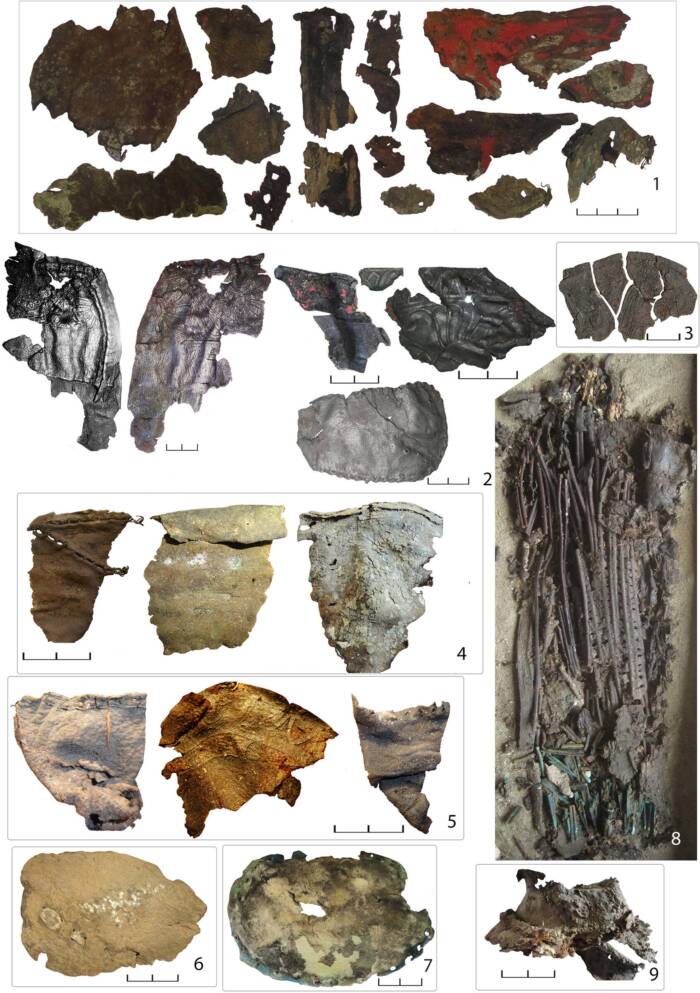Lavish Roman necropolis found in Italy, 2,000-year-old astronomical calendar uncovered in China, Scythian quivers made of human skin discovered in Ukraine.
Dozens Of Wealthy Romans Found Buried In Lavish Tombs That Recreated Their Estates In Miniature

Soprintendenza Archeologia Belle Arti Paesaggio Etruria MeridionaleAstonished archaeologists happened upon this site during construction of a solar power plant in the ancient city of Tarquinia, just north of Rome.
Just north of Rome, the ancient city of Tarquinia is home to a wealth of millennia-old ruins and artifacts left behind by the Etruscans and Romans. Dating back nearly 3,000 years, Tarquinia boasts statues, city walls, frescoes, and other relics from the wealthy traders who populated this booming commercial hub.
Now, archaeologists have just uncovered one of Tarquinia’s most astonishing finds, a lavish necropolis for wealthy Romans featuring tombs that recreated their estates in miniature. Buried in their finest gold jewelry and fancy leather footwear, these elites had bones with no signs of stress or physical labor and likely came from urban, ruling-class families that were able to live a life of leisure.
Read the full story behind this discovery here.
An Ancient Wooden Astronomical Calendar Was Just Discovered In A 2,000-Year-Old Chinese Tomb

Chongqing Cultural Relics and Archaeology Research InstituteEach wooden strip is marked with a character from the traditional Tiangan Dizhi calendar.
Archaeologists in China have unearthed a set of wooden, rectangular pieces in an immaculately well-preserved 2,000-year-old tomb. Researchers say these pieces are linked to an ancient “astronomical calendar” that hides “celestial secrets.”
In all, researchers uncovered 23 wooden strips, each measuring roughly one inch wide and four inches in length. The pieces are each inscribed with various Chinese characters related to the Tiangan Dizhi, the “10 Heavenly Stems and 12 Earthly Branches” — an ancient Chinese astronomical calendar system established during the Shang dynasty (1600 B.C.E. to 1045 B.C.E.).
Dig deeper in this report.
Study Reveals That Scythian Warriors Likely Carried Leather Quivers Made From The Skin Of Their Enemies

Ørsted Brandt et al., PLOS One, 2023The collection of Scythian leather artifacts uncovered in Ukraine.
In his famous Histories, ancient Greek historian Herodotus wrote about the Scythians, a nomadic group renowned for their prowess in combat. As Herodotus traveled along the Black Sea, he made observations of the Scythians, painting them as cruel and barbarous. He wrote that they blinded their slaves and, disturbingly, made leather out of human skins.
For centuries, historians assumed Herodotus’ account may have been hyperbolic. New archaeological evidence suggests, however, that — in this instance at least — Herodotus was accurate.
Read on here.





